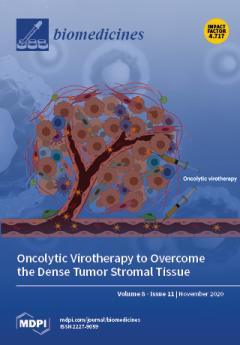This study explored adipocytokine associations with acute and chronic hyperglycemia in African-American men (AAM). Fourteen adipocytokines were measured from men with normal glucose tolerance (NGT) or type 2 diabetes (T2D, drug-naïve MF(−) or using metformin MF(+)). Acute and chronic hyperglycemia were evaluated by 120 min oral glucose tolerance test (OGTT) and glycohemoglobin A1c (HbA1c). AAM with T2D (
n = 21) compared to NGT (
n = 20) were older, had higher BMI and slightly higher glucose and insulin. In the fasted state, TNF-α, IL-6, PAI-1, IL-13, adiponectin, adipsin, and lipocalin were lower in T2D vs. NGT. At 120 min post-glucose load, TNF-α, IL-6, IL-13, IL-8, PAI-1, adiponectin, adipsin, lipocalin, and resistin were lower in T2D vs. NGT. There were no statistical differences for GM-CSF, IL-7, IL-10, IP-10, and MCP-1. Regression analysis showed that fasting IL-8, TNF-α, adiponectin, lipocalin, resistin, adipsin, and PAI-1 were associated with HbA1c. After adjusting for age, BMI, glucose tolerance, and metformin use, only adipsin remained significantly associated with HbA1c (
p = 0.021). The model including adipsin, TNF-α, age, BMI, and group designation (i.e., NGT, MF(−), MF(+)) explained 86% of HbA1c variability. The data suggested that adipsin could be associated with HbA1c in AAM with varied glucose tolerance.
Full article






